When it comes to baking, cake flour holds a revered spot in the pantry of any connoisseur of the oven's arts. Known for its fine, silky texture and lower protein content, cake flour is the secret behind the tender crumb of your favorite sponge and chiffon cakes. But what happens when the recipe calls for cake flour and this key player is missing from your pantry shelves? In the world of baking, adaptability is as crucial as precision.
In this post, we will share the best cake flour substitutes, and each alternative brings its own charm to the table, transforming your baking journey with a flick of the whisk.
What Is Cake Flour
Cake flour, also known as cake and pastry flour, is finely milled flour. It is also a low-protein flour, typically containing around 7-9% protein, finely milled from soft wheat. This low protein content means less gluten formation, which is perfect for creating cakes with a fine, tender crumb and a light, airy texture. It's fine granules absorb more liquid and rise more effectively, enhancing the delicate structure of baked goods.
There are two types of cake flour: bleached and unbleached. Bleached cake flour has been chemically treated to speed up the aging process, resulting in a whiter color and finer grain. This treatment also alters the protein structure, making it slightly weaker, which can lead to a softer texture in baked goods.
Unbleached cake flour, however, is naturally aged and retains its natural color. It might have a slightly denser texture compared to bleached flour, but both can be used interchangeably depending on the desired outcome in recipes.
The 10 Best Cake Flour Substitutes for Baking Success
All-Purpose Flour (AP Flour) And Cornstarch
You can substitute cake flour for all-purpose flour (AP flour), and it is a highly versatile and readily available substitute. This substitute is adaptable to many baking recipes, making it a go-to option for many bakers. Its ability to step in for cake flour ensures that baking can continue seamlessly, even without this specialized ingredient.
The main difference between cake flour and all-purpose flour is the protein content. Cake flour has a lower protein content (about 7-9%), making it finer and lighter, resulting in a softer baked product. All-purpose flour has a higher protein content (about 10-12%), which makes it more versatile but can produce denser baked goods. Cake flour also often undergoes a bleaching process, which affects the flour's color and texture, contributing to a finer crumb in cakes. Cake flour is preferred for light and airy cakes due to its lower protein content and finer texture.
When using all-purpose flour as a substitute for cake flour, a general guideline is to replace each cup of cake flour with one cup of all-purpose flour minus two tablespoons, which should then be replaced with two tablespoons of cornstarch (or arrowroot powder if cornstarch is not available). This DIY cake flour blend aids in replicating the reduced protein content and finer texture characteristic of cake flour. Sifting them together ensures a uniform mixture.
All-purpose flour is particularly effective in recipes where a slightly denser yet still tender texture is acceptable. It's a great alternative for cakes, cupcakes, and even some delicate pastries. The key is not to overmix the batter, as all-purpose flour develops gluten more readily.
Pastry Flour
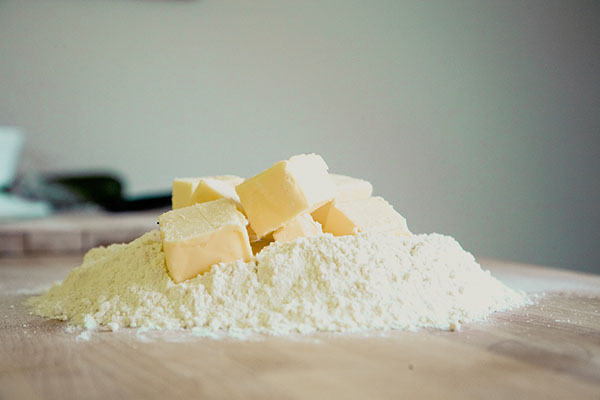
Pastry flour is an exceptional substitute for cake flour, particularly suited for recipes requiring a delicate yet structured texture. It strikes a balance between all-purpose and cake flour with its moderate protein content, offering a tender crumb without being overly delicate.
When substituting pastry flour for cake flour, use a one-to-one ratio, as their textures and densities are quite similar. This makes this substitute option ideal for recipes like muffins, scones, and tender cakes, where a fine, soft texture is desired, but a slightly more robust structure is beneficial.
Pastry flour's unique property is its ability to create baked goods that are lighter than those made with all-purpose flour yet not as airy as those with cake flour. This makes it a versatile middle-ground option. It's particularly effective in recipes where the balance of tenderness and structural integrity is key.
All Purpose Gluten-Free Flour
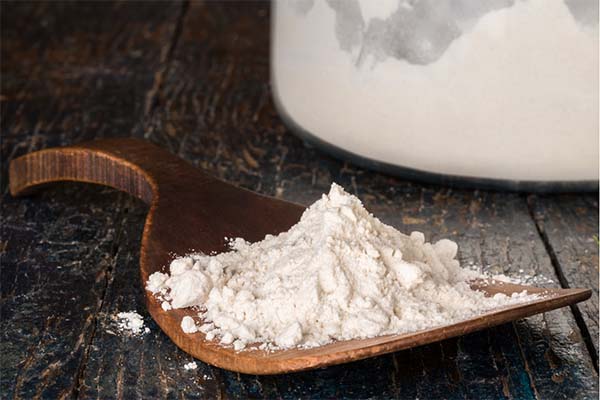
Gluten-Free Flour Mix is a stellar alternative to cake flour for those adhering to gluten-free diets or catering to gluten sensitivities. These mixes typically combine gluten-free grains and starch like almond flour, and tapioca or potato starch, designed to mimic traditional wheat flour's texture and binding qualities.
When substituting for cake flour, use a one-to-one ratio. However, it's important to select a gluten-free mix specifically formulated for baking, as these often include xanthan gum or similar binders that help replicate the structure provided by gluten.
Gluten-free flour is particularly suitable in classic desserts like chocolate chip cookies, cakes, muffins, and other delicate baked goods where a light, airy texture is desired. The key to success with these mixes lies in precise measuring and following recipes designed for gluten-free baking, as they account for the different moisture absorption and binding qualities.
Bread Flour
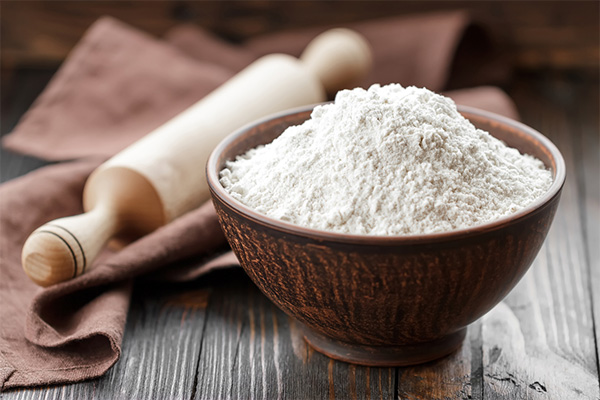
Bread flour, known for its high protein content — typically around 12-14% — is primarily designed to develop strong gluten networks. This results in a more elastic dough, ideal for breads that rise high and have a chewy texture.
Using bread flour can significantly alter the outcome in cake baking, where a fine, tender crumb is the gold standard. If you opt for this substitute in any cake recipe, understanding and accepting the changes in texture is key. The cakes will likely be denser and less fluffy than those made with cake flour. However, this doesn't mean the results can't be delicious. Certain cake types, such as pound cakes or fruitcakes, may benefit from the sturdiness and heft bread flour offers.
Add ingredients that increase tenderness and moisture to better adapt bread flour to cake recipes. For instance, incorporating more fat, like butter or oil, can soften the flour's strong gluten bonds. Similarly, increasing sugar or eggs in the recipe can improve moisture retention, yielding a softer texture.
Self-Rising Flour
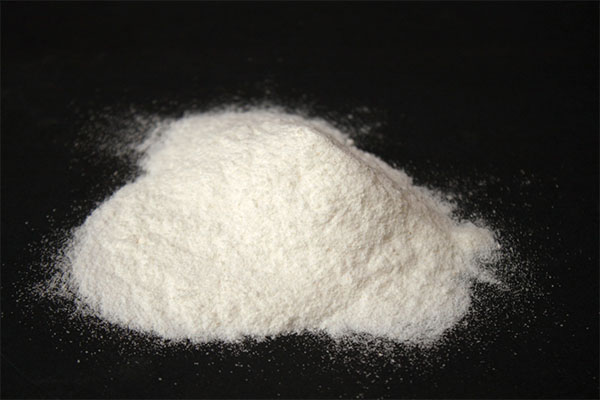
Self-rising flour can be an effective cake flour substitute in specific baking scenarios because it includes added leavening agents. This variety of flour consists of a mixture of all-purpose flour, baking powder, and salt. When using self-rising flour as a cake flour substitute, I recommend adjusting the recipe by omitting any additional baking powder and salt, as self-rising flour already contains these ingredients.
A direct one-to-one substitution is generally effective, but self-rising flour will produce a slightly denser texture compared to cake flour. This substitute is ideal for recipes like scones, biscuits, and some cakes where a rise is essential, but a lighter cake flour texture isn't critical.
Whole Wheat Flour
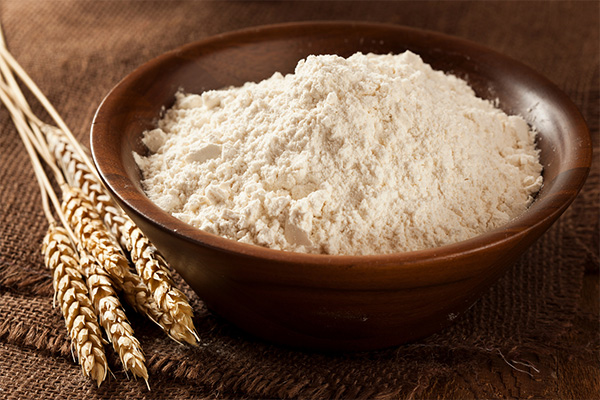
Though not a common cake flour substitute, whole wheat flour flour can be used in specific baking situations due to its denser nature and higher protein content. It's made from the wheat kernel, which means it's richer in nutrients and has a more robust flavor than the finely milled, soft wheat cake flour.
When using whole wheat flour as a cake flour substitute, it's generally recommended to use it in a one-to-one ratio, but be aware that it will yield a heavier and more textured product. It works best in recipes where a denser, heartier cake is acceptable, such as in carrot cakes or spice cakes. Sometimes, mixing whole wheat flour with all-purpose flour can help lighten the texture while retaining some of the nutritional benefits. Additionally, increasing the leavening agent slightly can help offset the density.
Cassava Flour
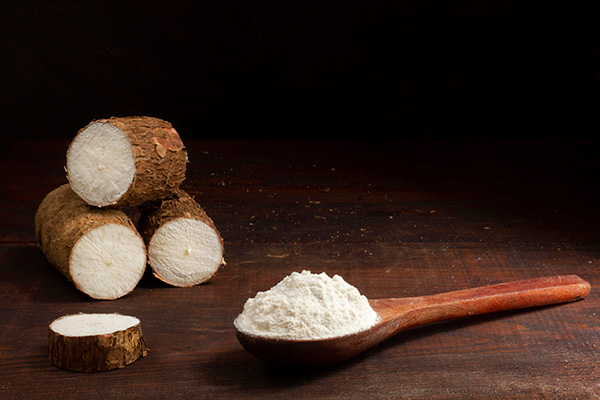
Image by Freepik
Cassava flour, derived from the whole root of the cassava plant, is a gluten-free substitute for cake flour, especially for those with gluten sensitivities or preferences for grain-free options. Its delicate texture and mild taste make it versatile for various baked items.
When substituting cassava flour for cake flour, begin with a 1:1 ratio, adjusting as necessary based on the desired consistency of your batter or dough, as cassava flour can absorb more moisture. It's particularly effective in cakes, muffins, and cookies, where its lightness can closely mimic the delicate crumb that cake flour provides.
Because cassava flour lacks gluten, it may result in a slightly different texture, so it's best used in recipes where a slight variation won't detract from the final product's appeal.
Rice Flour
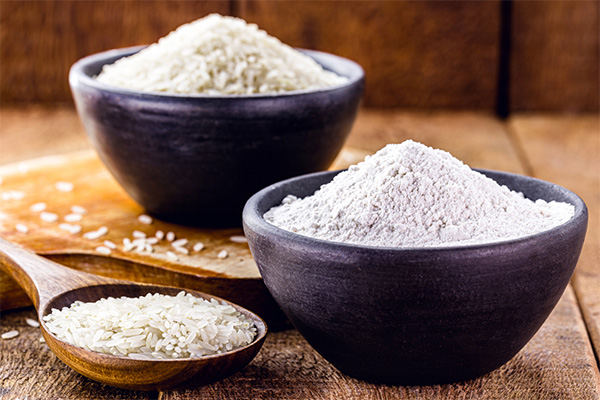
Rice flour, with its fine texture and neutral flavor, offers a viable cake flour substitute, particularly in gluten-free baking. Its light consistency can mimic the tender crumb of cakes made with traditional cake flour.
It is recommended to start with a one-to-one replacement ratio when using rice flour instead of cake flour. However, adjustments might be necessary, especially with moisture levels, as rice flour behaves differently in terms of liquid absorption. Rice flour is ideal for achieving a fine texture in baked creations. It is perfect for any cake recipe, certain cupcakes, and fine pastries.
For optimal results, consider combining rice flour with a starch, like tapioca or potato starch, to improve the structure and more closely mimic the properties of cake flour. This blend can enhance the texture of gluten-free baked goods, making them lighter and airier, much like their traditional counterparts.
Oat Flour and Arrowroot Powder
Combining oat flour with arrowroot powder creates a gluten-free substitute for cake flour, providing both the lightness and structure needed in cakes and pastries. Oat flour offers a mild, slightly sweet flavor and beneficial fiber, while arrowroot powder contributes to a finer, smoother texture akin to traditional cake flour.
Mix 3/4 cup oat flour with 1/4 cup arrowroot powder to replace 1 cup of cake flour for best results. This mix works well in recipes like sponge cakes, muffins, and cookies, where it can closely mimic the delicate crumb and tender texture that cake flour typically provides. You might need to tweak the moisture content because oat flour usually requires more liquid.
Making Your Own Cake Flour
Creating your own cake flour substitute at home is an easy and effective way to achieve light, fluffy baked goods. Start with one cup of all-purpose flour. Remove two tablespoons of the all-purpose flour and replace them with two tablespoons of cornstarch. This substitution lowers the protein content, mimicking the properties of commercial cake flour. Sift the mixture several times to ensure it's well-blended and aerated. This process helps distribute the cornstarch evenly and produces a finer, lighter texture in your cakes.
